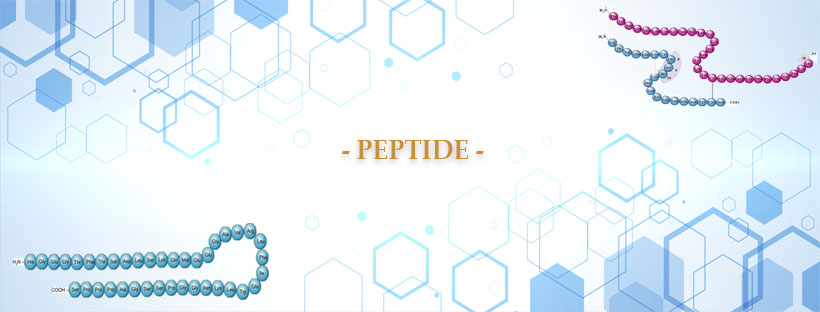Study on Protein Modified by unnatural amino acids
Protein only uses 20 kinds of natural amino acids to perform a series of significant functions. Only 20 kinds of natural amino acids carry a limited number of functional groups, which cannot meet the needs of protein structure and function in chemical and biological science research and application (for custom peptide synthesis price lisit vist Omizzur). At present, through chemical modification, gene site directed mutation and computer aided protein design, Although the structural modification of proteins endows natural proteins with new functions, these methods all depend on the natural amino acids themselves. The functional groups used for modification are only limited groups such as thiol, hydroxyl, carboxyl, amino, etc. The way of functionalization is very limited. On the contrary, The unnatural amino acids (UAAs) endowed with diverse functional groups by human beings are outstanding in protein modification. These UAAs contain ketone, aldehyde, azide, alkynyl, alkenyl, amido, nitro, phosphate, sulfonic acid and other diverse functional groups, which can carry out a variety of modification reactions, such as click chemistry, photochemistry, glycosylation Fluorescence color reaction, etc. Modification of proteins by UAAs brings new opportunities for theoretical research and application of their structure and function
UAA type
A series of UAAs have been used for protein modification in bacteria, yeast and mammalian cells, with high accuracy and efficiency; Most of them are derivatives of 20 kinds of natural amino acids. The UAA derivatives reported today include phenylalanine derivatives, tyrosine derivatives, glutamine derivatives, alanine derivatives, cysteine derivatives, serine derivatives, lysine derivatives, etc
1. Chemical synthesis
The combination of solid phase peptide synthesis method and semi synthesis method can synthesize a large segment of protein containing UAAs. For example, in chemical connection, a polypeptide containing a thiolipid at the C end will react with a polypeptide containing cysteine at the N end. After undergoing an acyl rearrangement, Thiolipid bonds form a peptide bond to link the two fragments together. Solid phase peptide synthesis and linking technology has been used to modify protein skeletons, erythropoietin homologues, fluorescent probes, signal proteins, ion channels, histones, etc. However, the application of this technology is limited by the chemical properties of the required protective groups, junction sites, protein folding, etc
2. In vitro biosynthesis
Proteins containing UAA have been synthesized by in vitro biosynthesis. In this technology, shortened tRNAs are enzymatically linked to chemically aminoacylated nucleotides, and these target tRNAs are coupled from the linked fmoc protected amino acids supply, while binding to non natural amino acids; Subsequently, the cell translation system uses these aminoacylated tRNAs with non natural amino acids to synthesize proteins under the corresponding blank codon or coding codon, but the stability of aminoacylated tRNA adducts containing non natural amino acids is poor

Read Related Articles:
Copyright © 2020 Omizzur Inc | Terms & Conditions | Privacy Notice | Sitemap